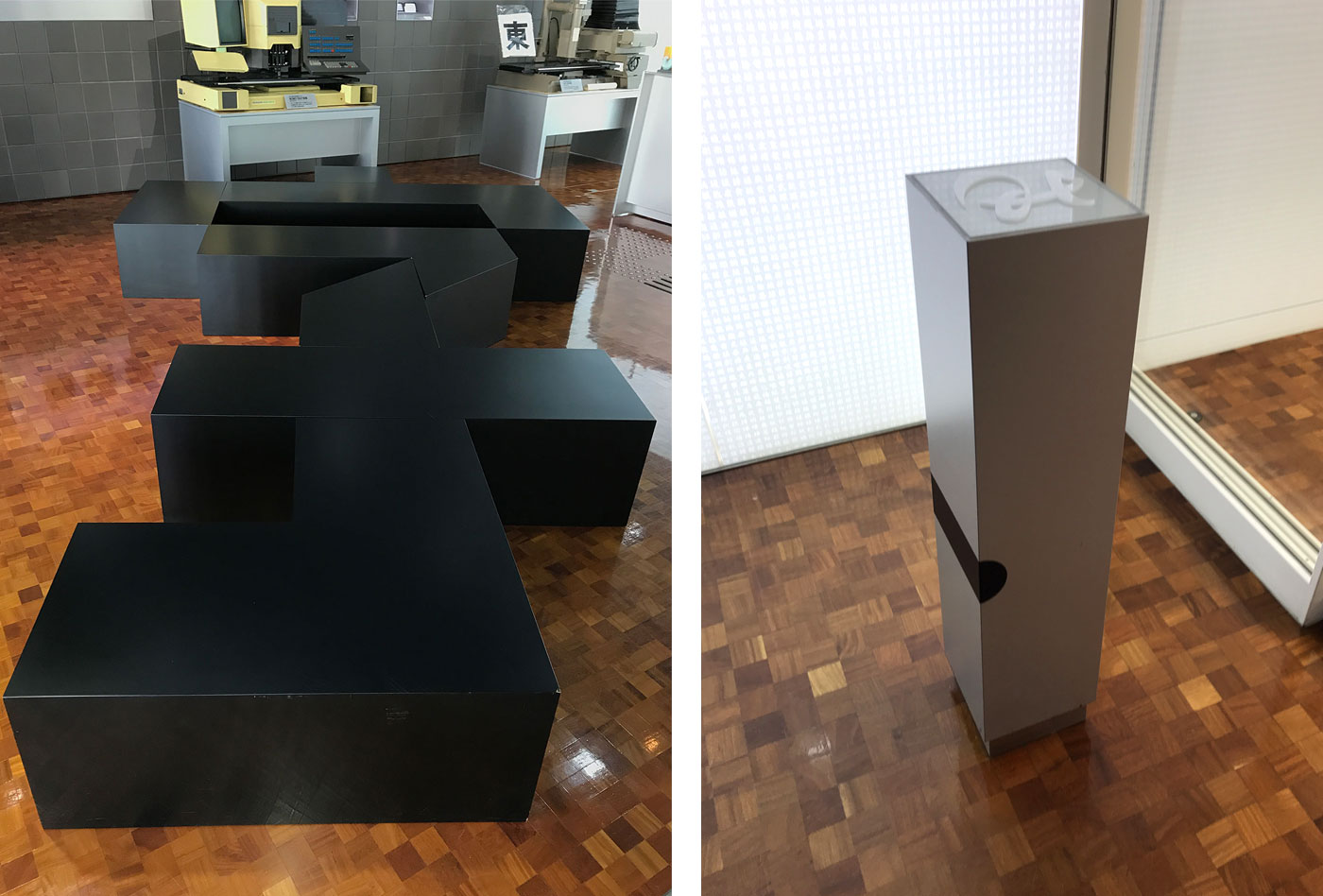In the context of writing a master dissertation about Japanese culture at the Inalco (Paris), I dived into the history of Japanese typography, focusing on the figure of Motogi Shōzō. As there are only few sources in English about the development of Japanese typography, I want to share here some of the elements I discovered. (This article was first published on the blog of Émilie’s type foundry, www.aisforapple.fr)
In Europe, we learn at school that printing has been invented by Gutenberg, in Germany, in 1460. Johannes Gutenberg, thanks to his strong will and by dint of mysterious research, is believed to have invented from scratch the way of making books on a large scale, and to be at the origin of the democratization of knowledge in Europe. Whereas the city of Mainz keeps the printing technique a secret, it is ransacked in 1462 and printers spread out all over Europe. This is how other printing centers are created, starting with Rome (1465), Venice (1468) and Paris (about 1470). 1
When we say “printing”, it is a shortcut that means in reality “typographic printing”, that is to say printing pages of text using metal letters. This technique is divided in different successive steps : engraving one sample of each letter in metal, reproducing identically these samples dozens of time, setting text using these signs made of metal, et then finally printing the typographic composition on paper.
In 1460 in Germany, the technique of engraving metal was already in use for the making of medals, and the printing press was well known : images were engraved in wood and printed using a press. Gutenberg, pictured in history textbooks as a brilliant inventor, based his invention on existing techniques. His creation has been to bring these techniques together and to finalize the production of metal letters thanks to a specific mould. Furthermore, he did not work alone, but had business partners. 2
In the same way that we turned Gutenberg into a symbol, Japan considers that the “father of Japanese typography” is Motogi Shōzō (本木昌造, 1824-1875). Magata Shigeri 3 paid tribute to this man in a short biography in English, published 18 years after Motogi’s death : “After years of toil and experiment, [Motogi] invented types for Japanese characters and for the first time made printing a business. We owe, indeed, to him alone the success and prosperity of Japanese typography in modern times. He is therefore most deserving of our esteem, as the Father of Japanese Typography.” 4
This idea then spread out.
Continue reading →
